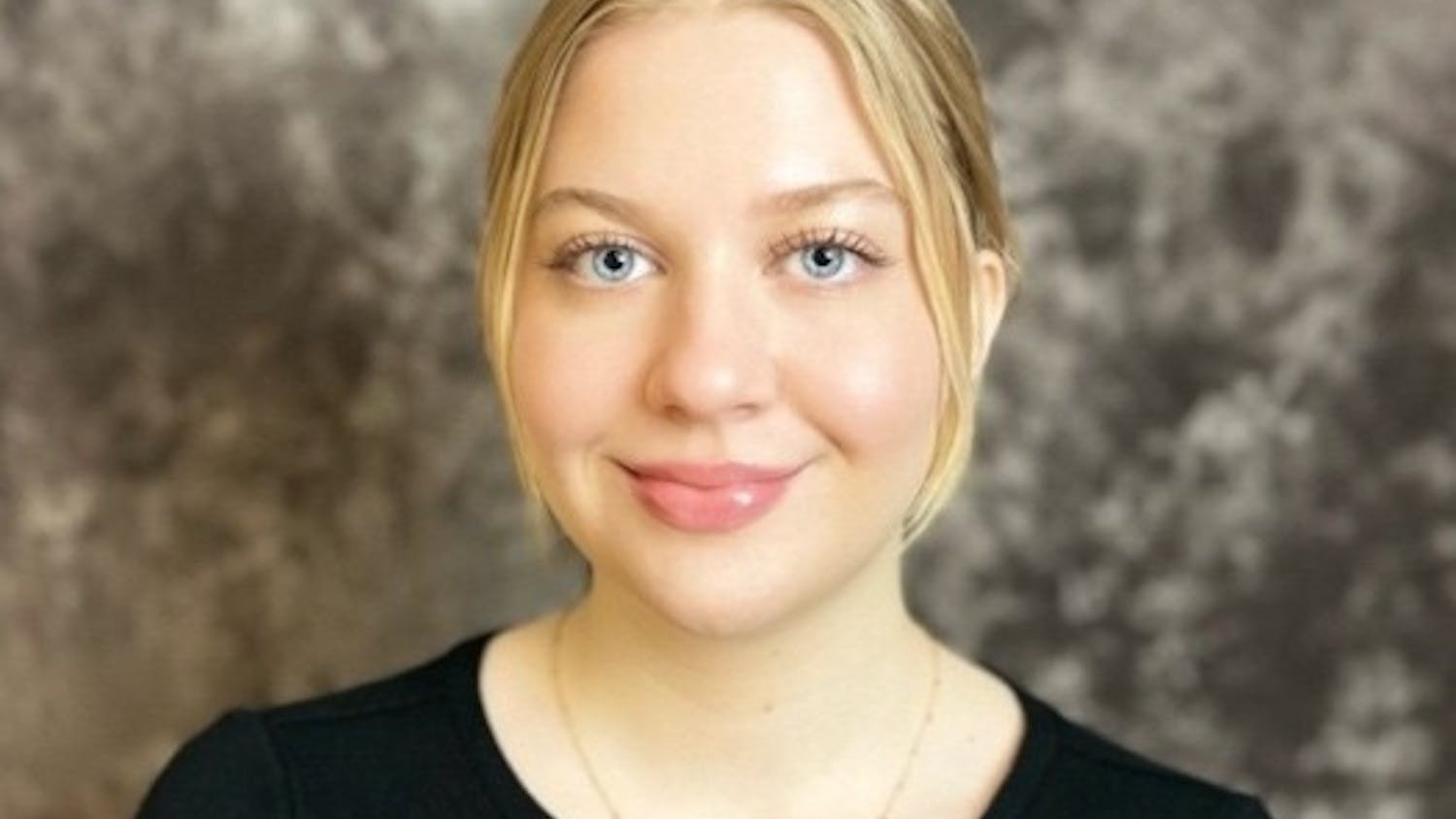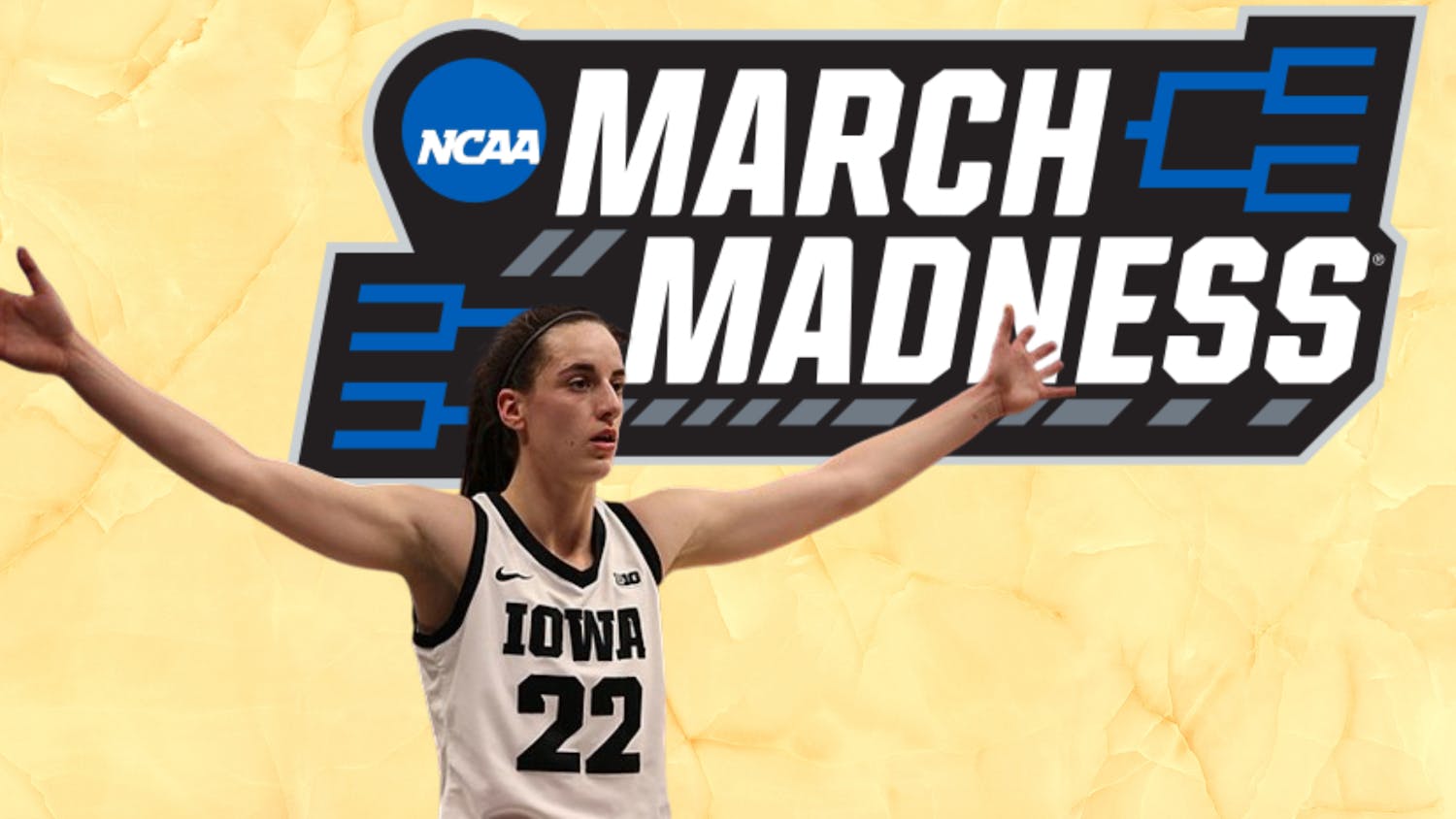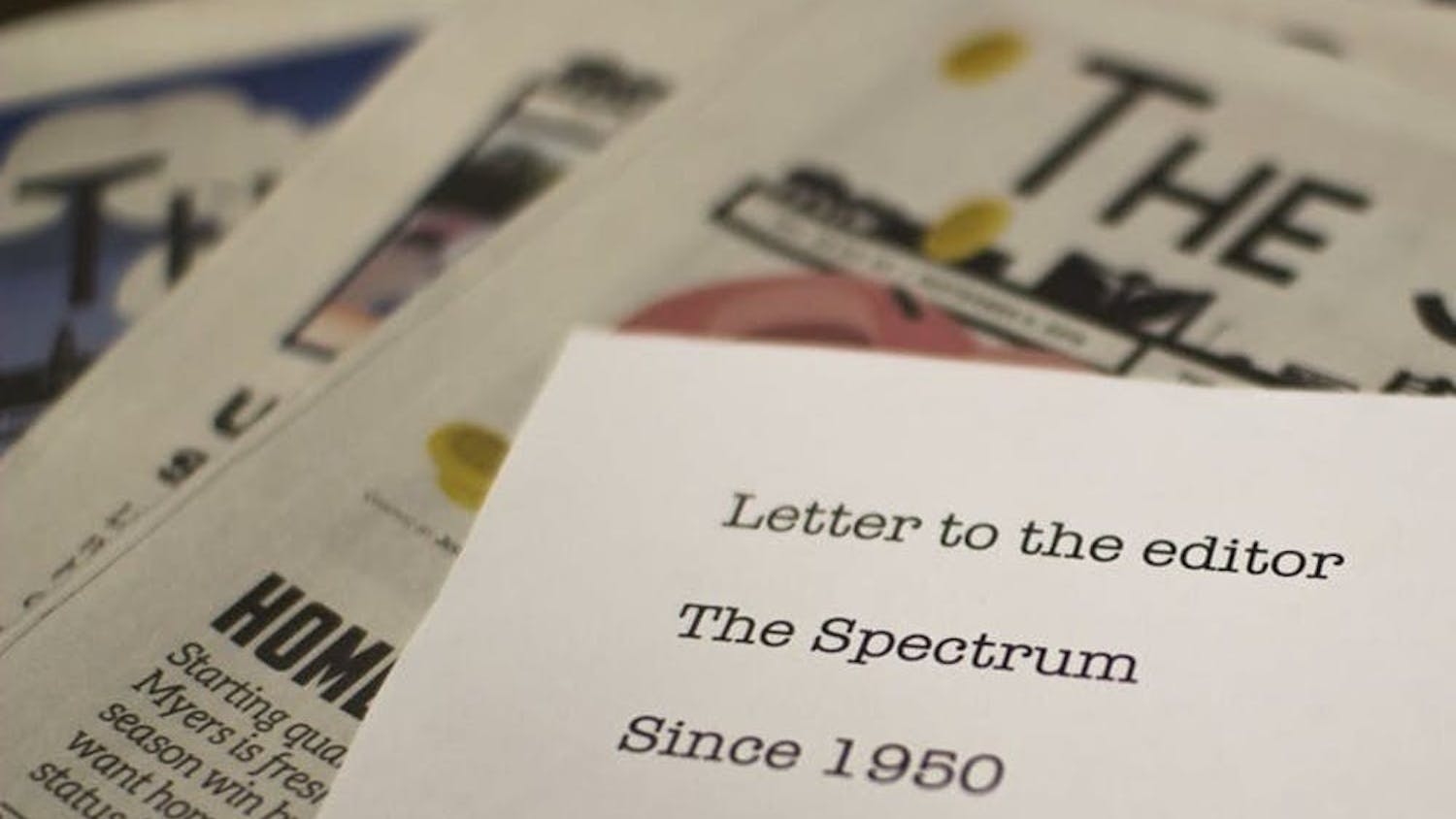The Spectrum’s April 9th article, “The Parking Game: Parking Struggles on UB’s Campuses” by Emma Janicki and Sushmita Gelda should be a wake-up call to all members of the UB community that the individual and collective actions we all take in driving to campus are adversely affecting each other and our personal health. We need to work with UB Parking and Transportation Services to reform our current parking system to minimize these adverse effects.
As a co-author of “Connections Beyond Campus – An Evaluation of the NFTA-UB Pilot Transit Pass Program” with Daniel Hess of the Department of Urban and Regional Planning and Paul Ray of the UB Regional Institute, I learned a great deal about the attributes and characteristics of the UB community, including the fact that a significant proportion of the UB population does not drive. Given Maria Wallace’s comment in the article that only 17,840 parking passes were issued in 2014-2015, this makes evident the fact that slightly more than 40 percent of the UB population of 29,850 students does not utilize campus parking. If this sounds like a lot of people, consider the following: I was an instructor for aUB 101 course for first-year students this past fall. When I polled my 23 students as to how many had a car at UB, only one raised their hand. I had to unfortunately tell them that unlike their first-year colleagues at Buffalo State, Canisius and ECC, if they want to use our public transit system, they would have to buy individual tickets or a $75 monthly pass.
At UB, we need to make it as easy as possible for non-drivers to get where they need to go. The idea that we need to promote single vehicle commuting above all other modes is illogical given the significant non-driver population of our university. Given our commitments to sustainability, and most people’s desire to live a long and healthy life, this should involve promoting walking, biking and riding public transit. Unfortunately, our current system, despite the article’s premise, makes it easier, more convenient and less expensive to drive than it should.
Right now, no matter your status (student, faculty, staff, or visitor), your parking is subsidized by the Parking and Transportation Fee assessed to students. Given current statistics from the Comprehensive Fee Report, 26 percent of the Parking and Transportation fee collected goes toward parking. At $187.25 per semester, this is a cost to each UB student, with or without a car, of $48.69 per semester. If a fee was assessed to only drivers, the cost of parking would be much higher. This problem is compounded by the fact that the current faculty and staff parking rate sits at $9.65 a year, well below the true cost of parking. “Connections Beyond Campus” found that 90 percent of parking is currently funded by the Parking and Transportation Fee, with the balance being funded by the fee assessed to staff, visitor paid parking and parking citations.
Driving has its positives, and we want a parking system that works for those who have to drive. I make attempts to be a non-driver for the sake of the environment (and my wallet) and have lived for periods of time without a car. Sometimes what you have to do or where you have to go in the course of a day makes it necessary to drive. I dislike those days, as I would rather ride my bike or take the Metro Rail to UB whenever possible.
In trying to get around without my car, I gain more than just losing the frustration of finding parking; I obtain much needed physical activity. The Centers for Disease Control (CDC) recommends that people obtain 150 minutes of moderate physical activity each week. The Behavioral Risk Factor Surveillance Survey, an annual survey administered by the CDC which asks about physical activity, among other topics, generally finds that less than half of Americans meet its physical activity standards. In biking from my West Side home or walking to the Metro Station, I work toward meeting these standards week after week. In driving, I fail to meet these standards. I am not unique in this regard; academic publications across disciplines have found measurable health benefits for active commuters and transit riders.
There are many things UB should continue to incentivize. The Student Health Center makes it easy to see a doctor. The gym keeps us fit. The Stampede and the shuttles keep all those non-drivers from getting a license and buying a car, which would result in a scenario where it becomes truly impossible to drive to UB.
However, the parking system in its current form is doing its best to make sure we drive to UB, and by extension, making sure that we are less likely to meet physical activity standards.
I am fortunate in being able to have a choice in what mode I choose to use to get to campus. Some people have no choice. Like you, I know students who work the dinner shift at restaurants and the overnight shifts in manufacturing plants, students with child care responsibilities and super-commuters from neighboring regions. Creating a parking system that works for the members of our community with obligations outside the University should be a priority in any reform effort.
A more fairly assessed parking fee could redistribute costs where they should be. Non-drivers shouldn’t have to pay, as they probably don’t own a car in our car-centric region as a means to make college more affordable. Students should pay a fee that covers the cost of the space they use so they consider the true costs of car ownership, and whether they should drive to school. Faculty and staff should pay a fee that covers the true cost of parking, so they similarly consider the impact of driving.
Surplus funds from this rationalization could be used to implement transportation demand measures, such as the creation of a transit pass program that allows unlimited access on the NFTA system, allowing those 40 percent of non-drivers and my 22 UB 101 students a way to get around town. Some of the drivers might even find it easier to take the NFTA bus or rail, making parking easier for everyone. Given UB’s ambitions to improve its stature, a smaller but more efficient parking system could get us closer to where we want to be by allowing student fees to be reallocated to uses that help fulfill these ambitions.
By incentivizing desired travel behaviors such as walking, biking, and riding public transit, and disincentivizing undesired behaviors, such as driving alone to campus, UB can extend the leadership role it has been creating for itself in Western New York to sustainable transport. In order to lead in this area, however, we need to ensure the proper incentives exist for people to use alternative travel modes to get to campus. If the only inventive that exists is for people to drive, they will be more likely to make that choice.
Nathan Attard is a graduate student of Urban and Regional Planning and Co-Author of Connections Beyond Campus – An Evaluation of the NFTA-UB Pilot Transit Pass Program




